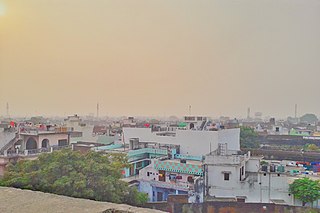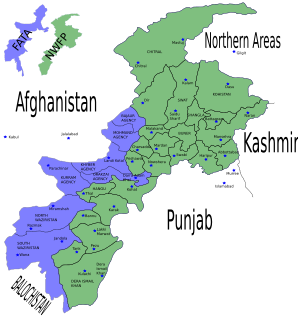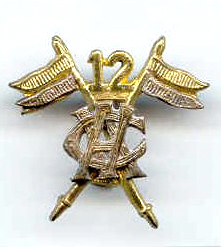| 3rd Cavalry | |
|---|---|
| Active | 1922–present |
| Country | |
| Branch | |
| Type | Cavalry |
| Role | Airborne reconnaissance |
| Size | Regiment |
| Engagements | First Afghan War Second Afghan War North West Frontier World War I Mesopotamian campaign World War II Indo-Pakistani War of 1965 Indo-Pakistani War of 1971 |
| Battle honours | Afghanistan 1879–80 Mesopotamia 1916–18 North Malaya Central Malaya Malaya 1941–42 Punjab 1965 Shahjra Punjab 1971 |
The 3rd Cavalry is a cavalry regiment of the Indian Army formed from the 5th and 8th Cavalry regiments in 1922.

The Indian Army is the land-based branch and the largest component of Indian Armed Forces. The President of India is the Supreme Commander of the Indian Army, and it is commanded by the Chief of Army Staff (COAS), who is a four-star general. Two officers have been conferred with the rank of field marshal, a five-star rank, which is a ceremonial position of great honour. The Indian Army originated from the armies of the East India Company, which eventually became the British Indian Army, and the armies of the princely states, which finally became the national army after independence. The units and regiments of the Indian Army have diverse histories and have participated in a number of battles and campaigns across the world, earning a large number of battle and theatre honours before and after Independence.
Contents
- Early history
- 5th Cavalry
- World War I
- 8th Lancers
- World War I 2
- World War II
- Post-war
- References
- Further reading
- External links
It served on the North West Frontier and during World War I and World War II, in British Indian service.

World War I, also known as the First World War or the Great War, was a global war originating in Europe that lasted from 28 July 1914 to 11 November 1918. Contemporaneously described as "the war to end all wars", it led to the mobilisation of more than 70 million military personnel, including 60 million Europeans, making it one of the largest wars in history. It is also one of the deadliest conflicts in history, with an estimated nine million combatants and seven million civilian deaths as a direct result of the war, while resulting genocides and the 1918 influenza pandemic caused another 50 to 100 million deaths worldwide.

World War II, also known as the Second World War, was a global war that lasted from 1939 to 1945. The vast majority of the world's countries—including all the great powers—eventually formed two opposing military alliances: the Allies and the Axis. A state of total war emerged, directly involving more than 100 million people from over 30 countries. The major participants threw their entire economic, industrial, and scientific capabilities behind the war effort, blurring the distinction between civilian and military resources. World War II was the deadliest conflict in human history, marked by 50 to 85 million fatalities, most of whom were civilians in the Soviet Union and China. It included massacres, the genocide of the Holocaust, strategic bombing, premeditated death from starvation and disease, and the only use of nuclear weapons in war.















